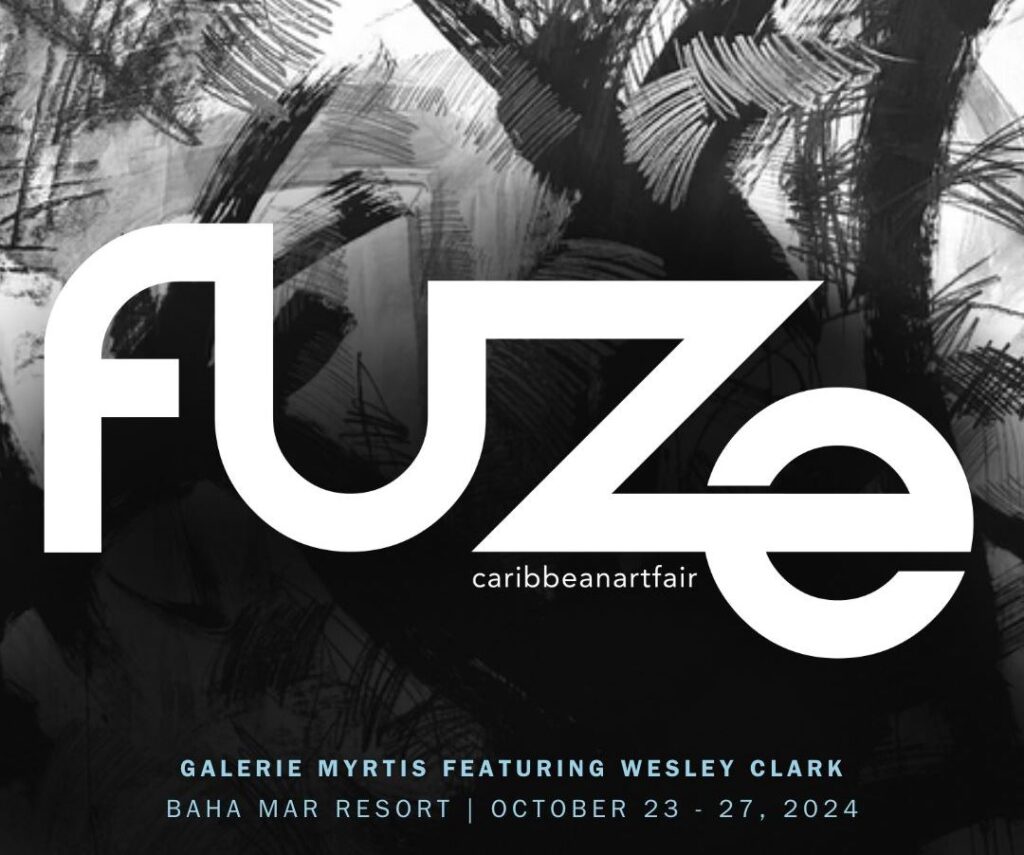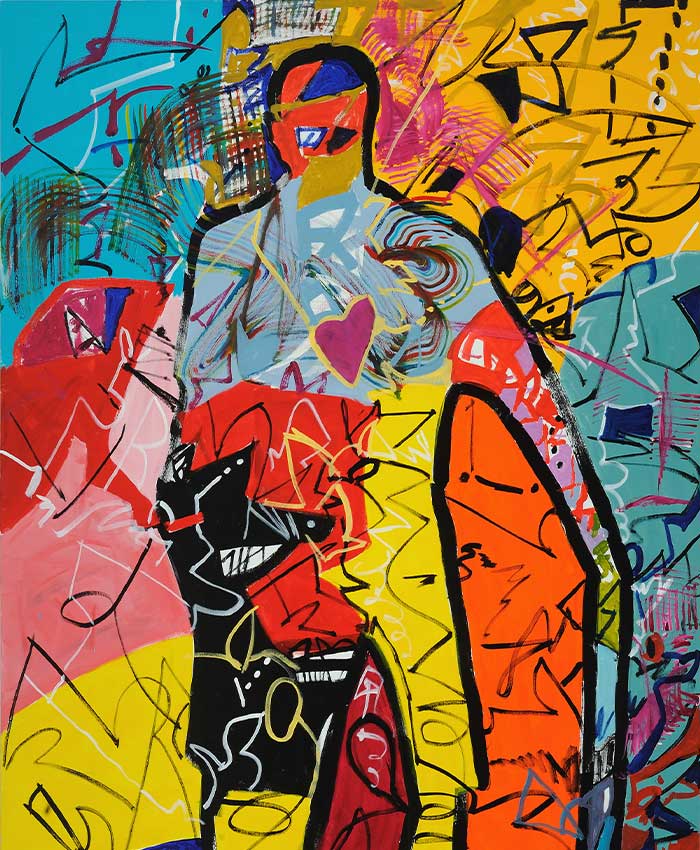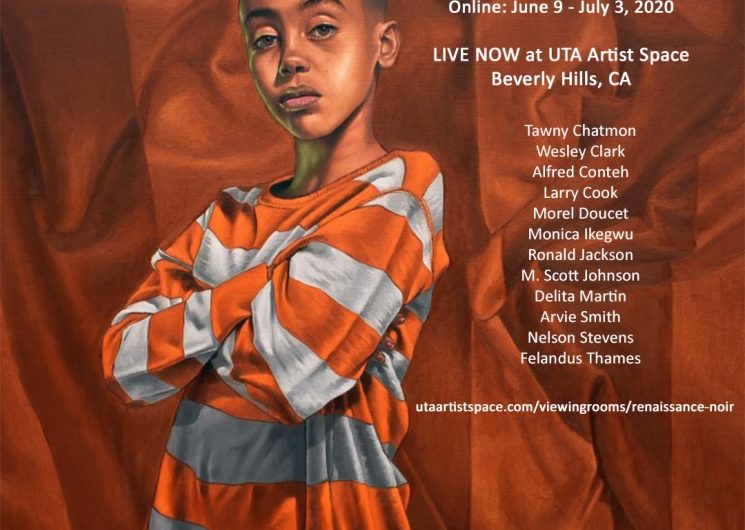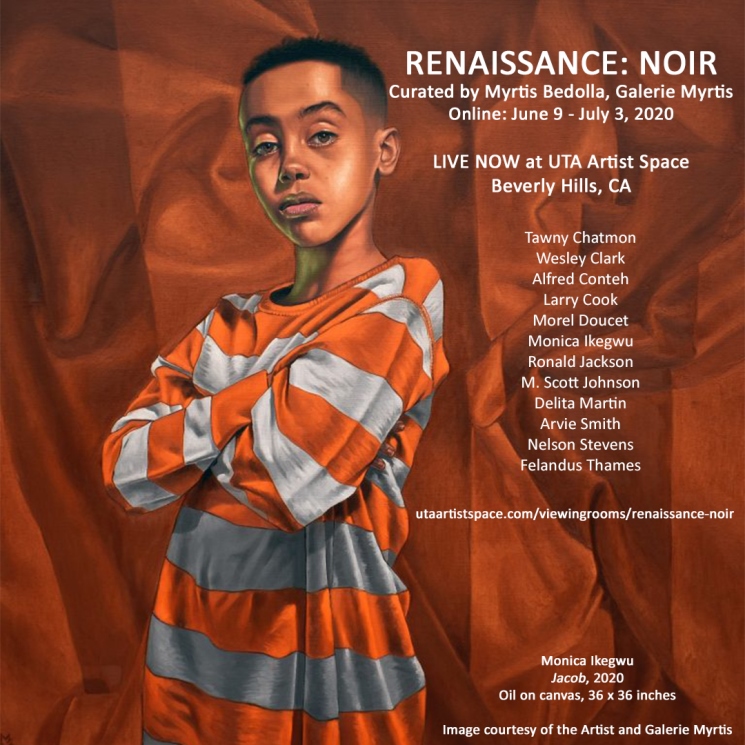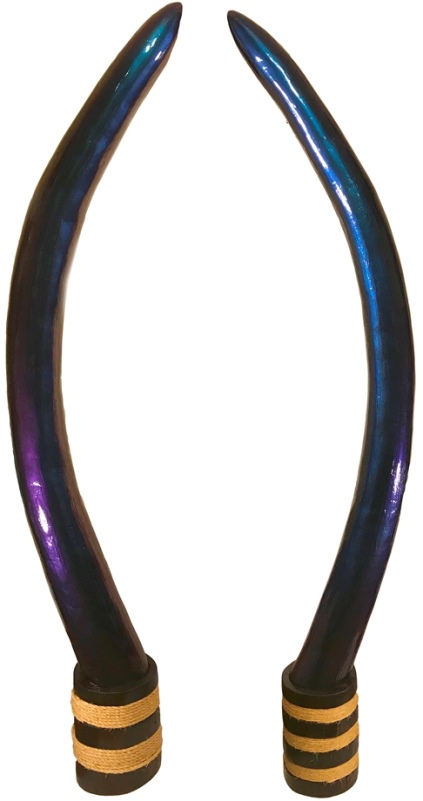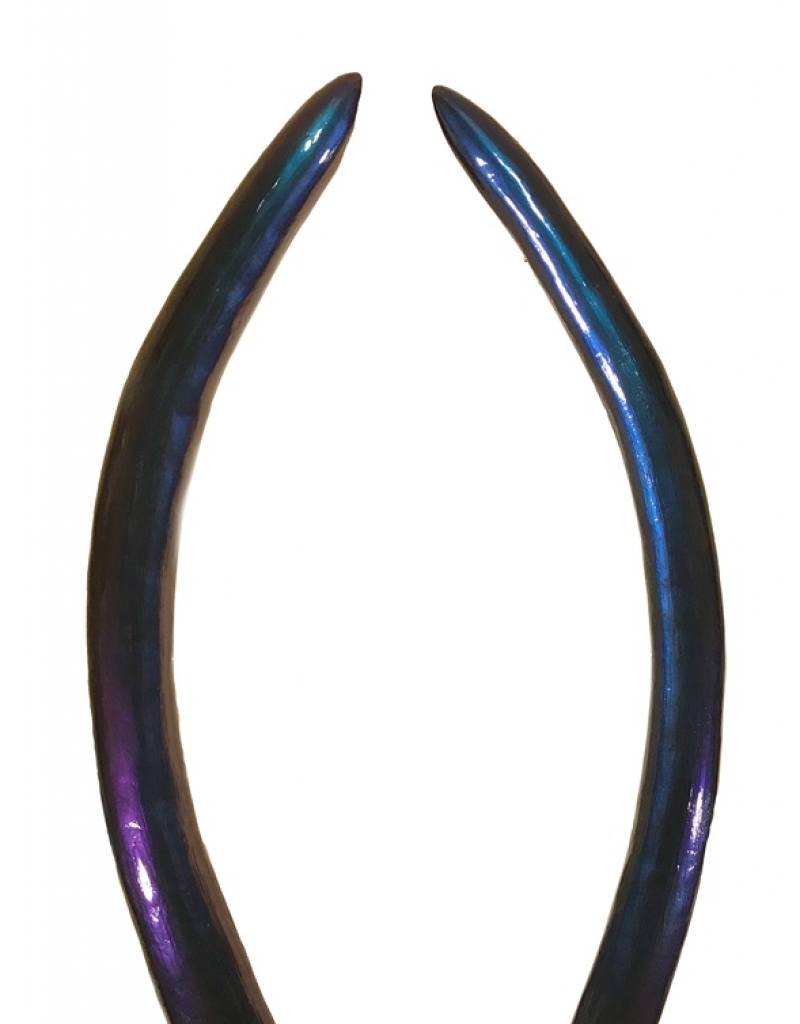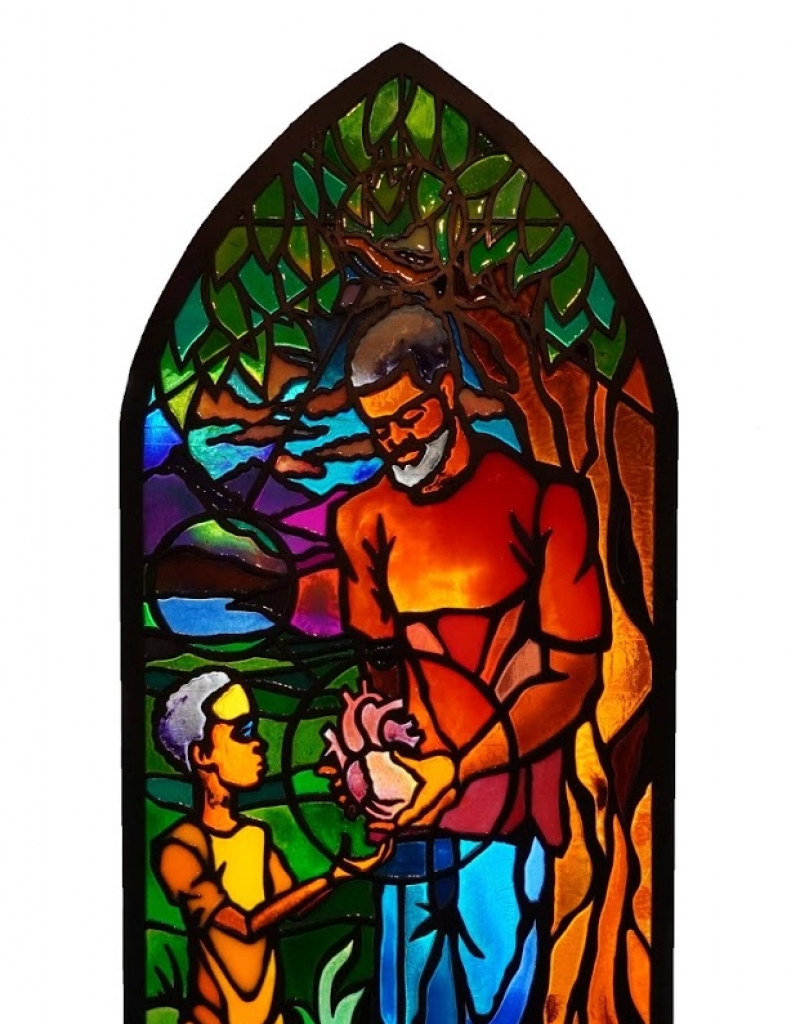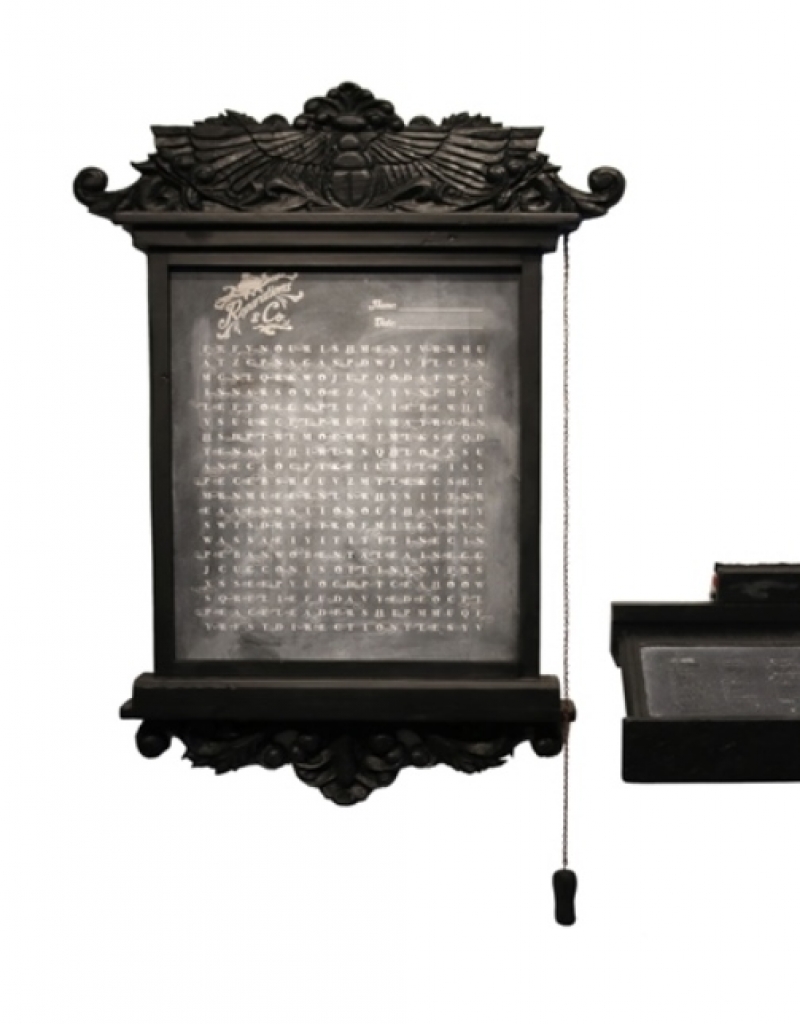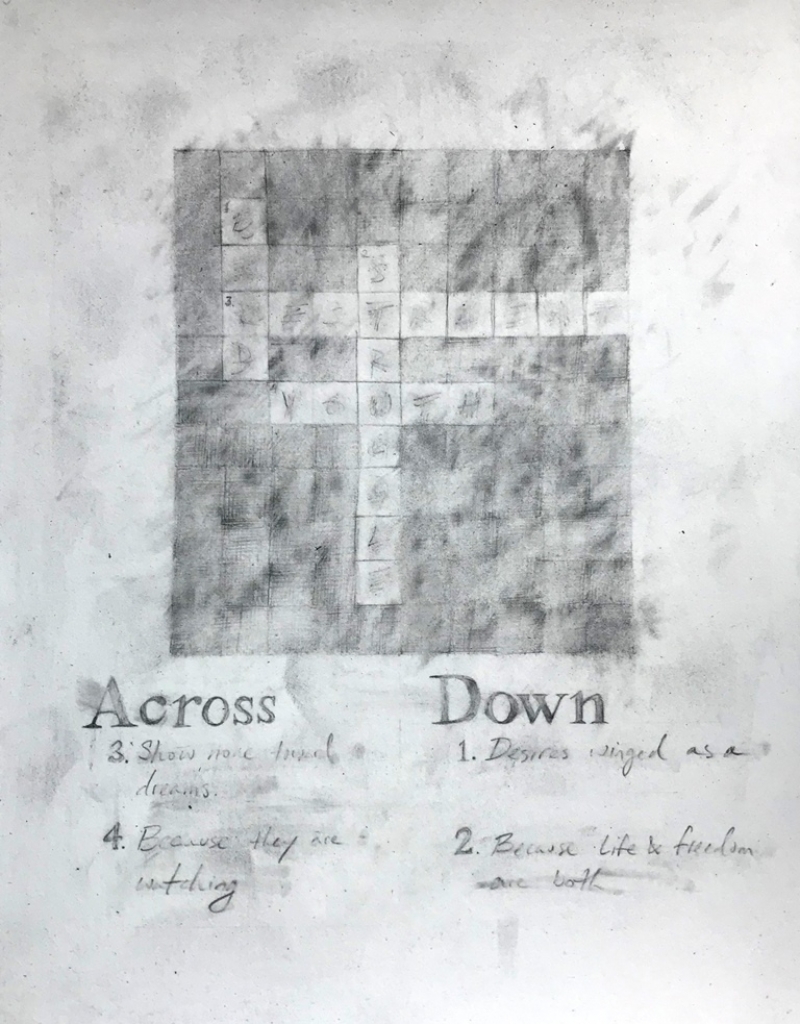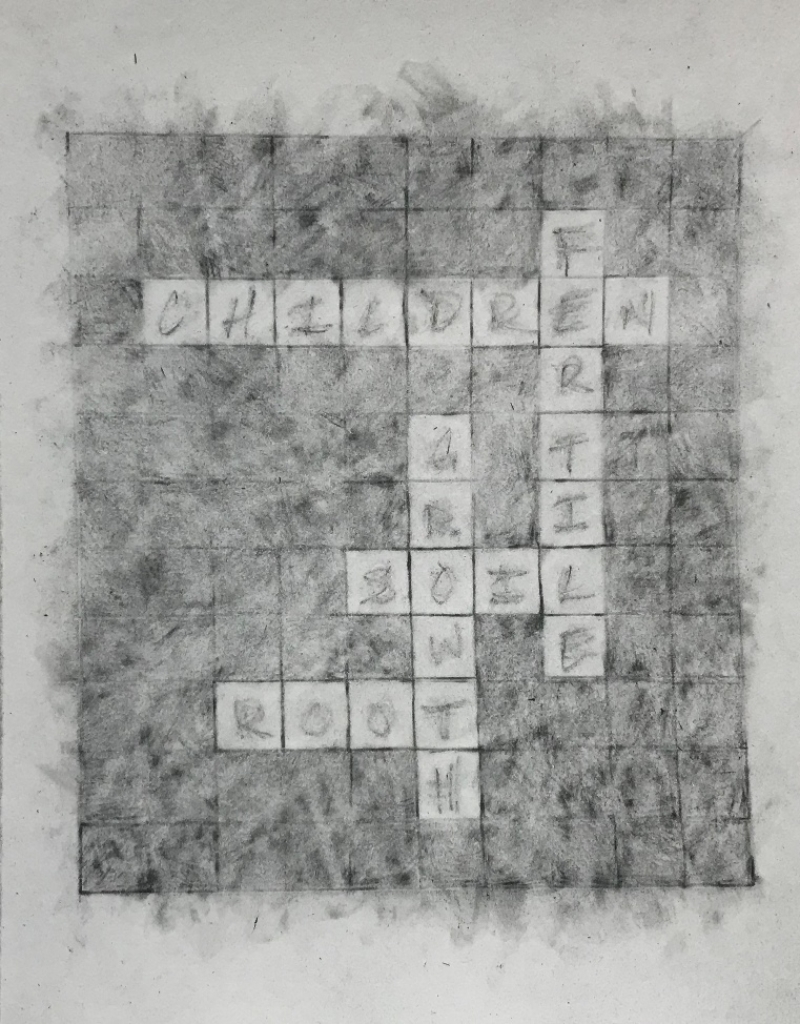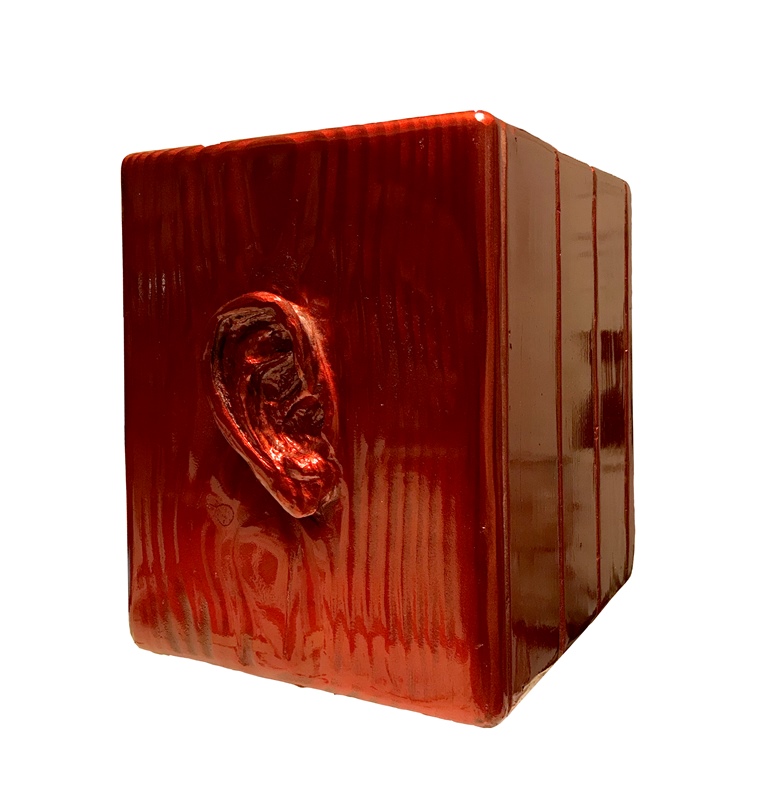UTA Artist Space in collaboration with Galerie Myrtis presents
Literary Muse curated by Myrtis Bedolla
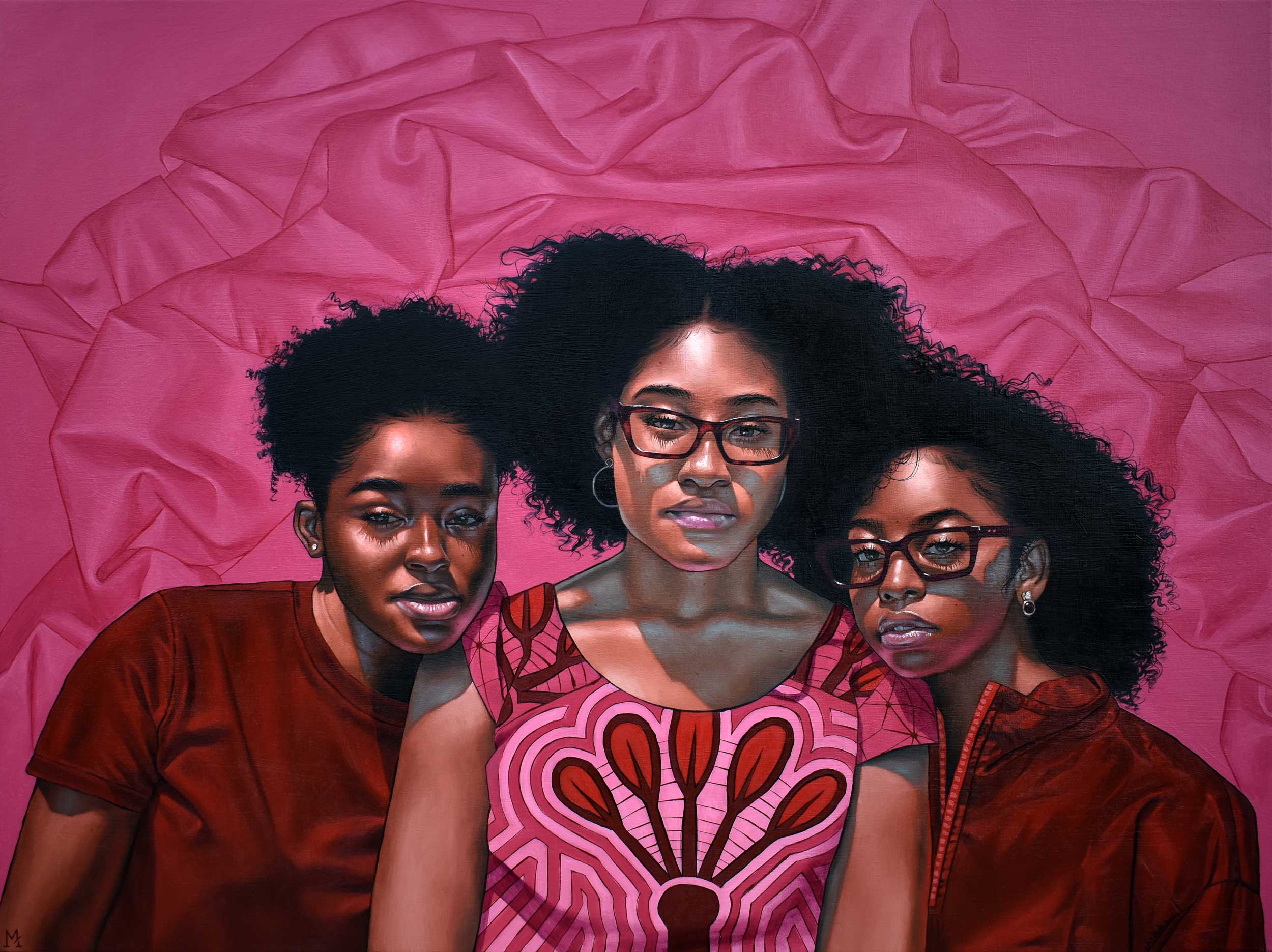
Opening Reception: Saturday, September 4, 2-5PM
UTA Artist Space
403 Foothill Rd. Beverly Hills, CA 90210
utaartistspace.com
UTA Artist Space presents Literary Muse, a new group exhibition inspired by Black literary novelists, poets, and scholars, curated by Baltimore-based Myrtis Bedolla of Galerie Myrtis. On view from September 4 through September 25, 2021, the powerful presentation brings together paintings, photographs, prints, and sculptures by twelve contemporary artists working across the United States: Lavett Ballard, Tawny Chatmon, Wesley Clark, Alfred Conteh, Larry Cook, Morel Doucet, Monica Ikegwu, Ronald Jackson, M. Scott Johnson, Delita Martin, Arvie Smith, and Felandus Thames.
The incisive writings of Black scholars, poets, and authors of fiction bear the weight of a complicated history, at times celebrated and at others, bemoaned. In Literary Muse, their words are the interpretive impulse for imagery that defines the architecture of the Black ethos. The result is a visual vernacular constructed in paintings, photographs, prints, sculptures, and conceptual works composed in hair beads and wood that interrogates the inherent complexities of race.
Steeped in the writings of authors such as Ta-Nahisi Coates, bell hooks, Dr. Beverly Daniel Tatum, Charles Sowell, Alice Walker, and Isabel Wilkerson, these artists draw from a lexicon of Black narratives. They create visual illustrations that probe the connection between the past and present, challenge the inequalities of structural racism, honor the traditions of the Black family’s devoted fathers and mothers, encourage Black economic empowerment and selfhood, and give symbolic meaning to poetry and fiction through visual tropes that explore Black plight.
Looking for inspiration beyond the prose of philosophers, economists, theorists, psychologists, sociologists, and historians, artists turn to the lyrics of Black composers and vocalists elucidating a truth—a gospel truth—bound-up in ancestry and spirituality rooted in the polyrhythms of Africa. Here, they find their muse in rhythms first laid down in African American spirituals which influenced the gospel, jazz, R&B, hip-hop, and rap music of today. These are the sounds that permeate the artists’ studios, consciously and subconsciously inspiring works that touch the depths of our souls.
Through the confluence of literature and artistry, Literary Muse contextualizes the Black experience through a non-Western lens. The notion of Blackness, its history, ancestry, and culture are presented as written and interpreted by its people. Scholars and composers who might otherwise remain obscure are placed at the forefront, as their words influence profound works that offer critical discourse on that which affirms and defines what it means to be Black.
— Myrtis Bedolla
“Myrtis Bedolla has a sharp eye for extraordinary artists. To wield their art and animate the words of these great Black authors and poets—to bring their narratives to life visually—is a phenomenal talent,” says Arthur Lewis, UTA Fine Arts, and UTA Artist Space Creative Director.
image
Oluma x Chimdi x Anwi by Monica Ikegwu, Oil on Canvas, 36″ in x 48″ in, 2021,
Literary Muse: Beverly Daniel Tatum, Why are all the Black Kids Sitting Together in the Cafeteria?
Image courtesy of the artist and Galerie Myrtis
 Art Fairs
Art Fairs
